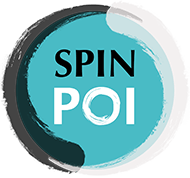Poi is both the name of the object (a weight on the end of a flexible cord) and what you do with that object (spin it in circles around your body). The history of poi can be traced back to the Māori people of New Zealand.
How Were Poi Originally Used?
Though there is little information about the history of poi in New Zealand prior to European arrival, it is generally believed that poi was used by Māori men to train strength and flexibility, and by Māori women as a form of entertainment.
According to Māori researcher Dr. Karyn Paringatai, poi was originally part of the “dance” section of the whare täpere, meaning the “house of entertainment” (Paringatai, 2009).
One early account of poi by Edmund Halswell, the Protector of Aborigines and Commissioner for the Management of the Native Reserve, reads: “…they make, however, baskets in colours, and toys of various sorts, such as balls very neatly made of black and white plait, which are swung by a cord in a peculiar manner, whilst the performers, many in number, sing in excellent time. Most of the women excel in this, and the exact time, the regular motion, and precise attitude which is observed by all the performers, are peculiarly striking.” Another account by Lietenant-Colonel St John in 1830 reads: “One pretty haka they have, in which each performer holds a ball with a short piece of string attached, and the different motions given to it with great rapidity and in perfect time form a pleasing accompaniment to the monotonous dreary sing-song recital. At times the voice seems to proceed from the heel, it is so deep.”
During the wars waged against Māori in the 1860’s, Te Whiti and Tohu, two Māori leaders committed to resisting the European land invasion through non-violence, utilized poi as a religious and spiritual messenger. After the wars, poi took on the role of attracting tourists and became a staple item in kapa haka (Māori performing arts). Poi continues to play a prominent role in Māoridom today.
SOURCE: Paringatai, Karyn Ailsa. Poia Mai Taku Poi: A History of Poi: a Critical Review of Written Literature on the Poi in New Zealand and the Pacific. VDM Publishing, 2009.
What did the first poi look like?
Early poi were made by wrapping the leaves of harakeke (a type of New Zealand flax) around the soft down of raupō (a wetland plant also known as bullrush) to form the ball. Harakeke fibre was used to weave the cord. Today, Maori poi are made of many different materials including natural fibers, plastic, and yarn.
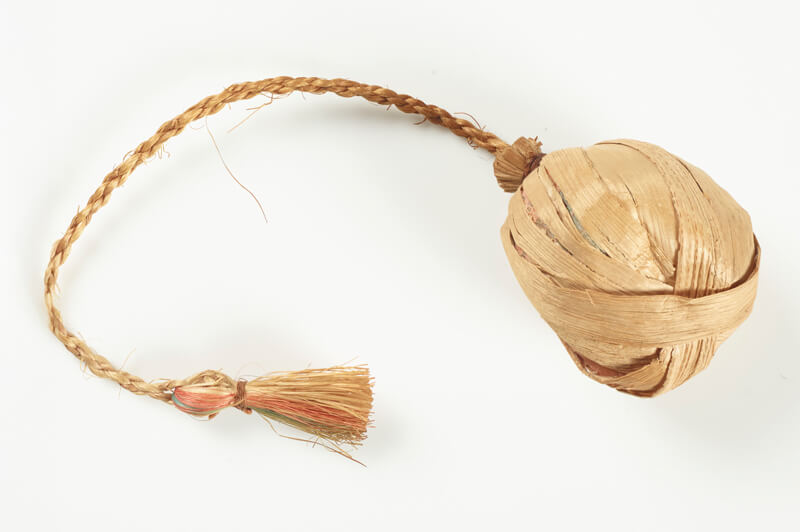
What are the parts of the poi?
Learning the kupu (words) for the parts of the poi in te reo Māori (the Māori language) is a great way to preserve and celebrate the history of poi. Three parts you can practice saying are “pōro” (the poi ball or the head of the poi), “taura” (cord), and “hukahuka” (tassel). If you need help pronouncing these words head over to the Māori Dictionary and type the word into the search bar to bring up an audio recording.
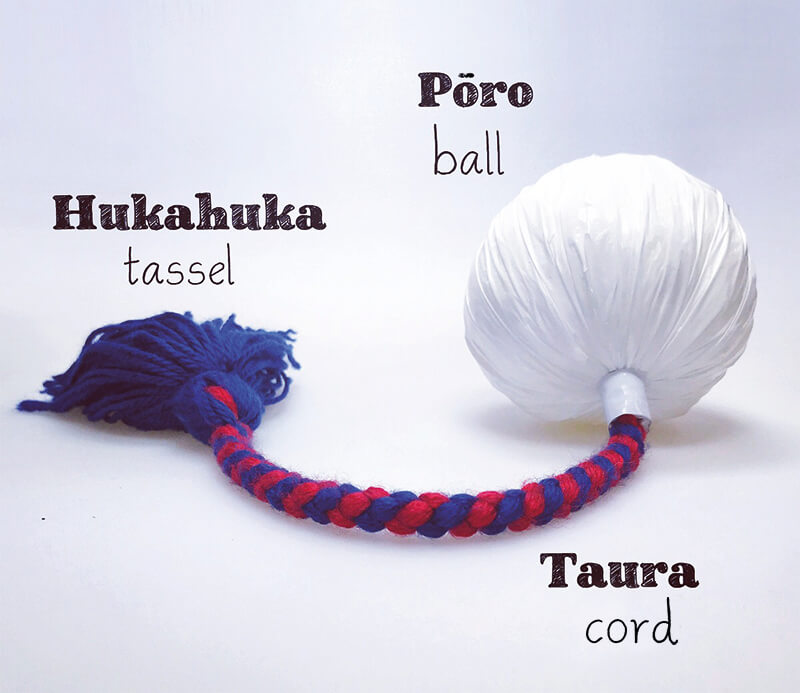
How is poi connected to wellbeing in Māori culture?
Hauora is the Māori philosophy of health. Like a house, hauora has four sides or components: taha tinana (physical), taha hinengaro (mental/emotional), taha whanau (social) and taha wairua (spiritual). Each of these components influences and supports the others, and like a house, each component needs to be strong and stable in order to stand. As a precious Māori taonga (treasure), poi equally encompasses all sides of hauora and can be used as a tool to holistically improve wellbeing.
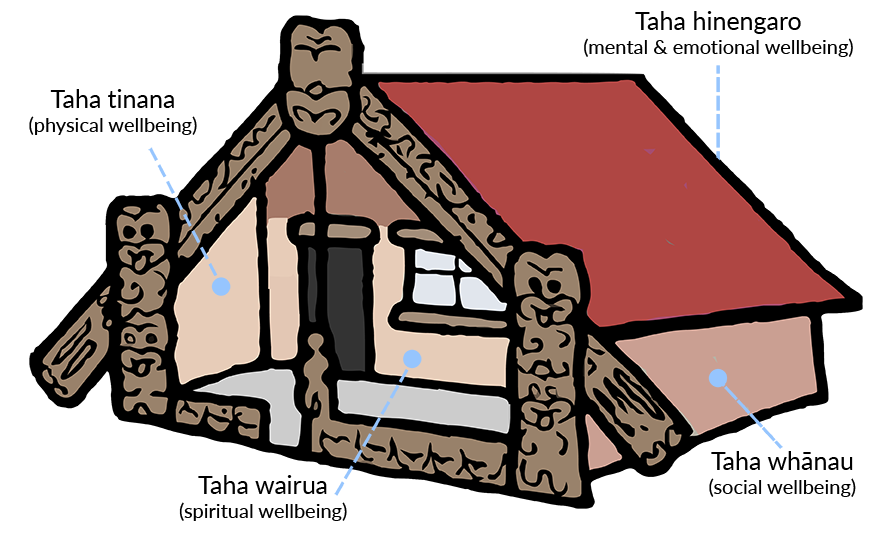
What role do poi play in Māoridom today?
Today, poi continues to play an important role in Māori culture, where it is done an embodiment of Māori whakapapa (history), a way to tell Māori stories, a form of performance in kapa haka (Māori performing arts), and a form of play/entertainment. Poi is a way for Māori to share, preserve, and represent Māori culture.
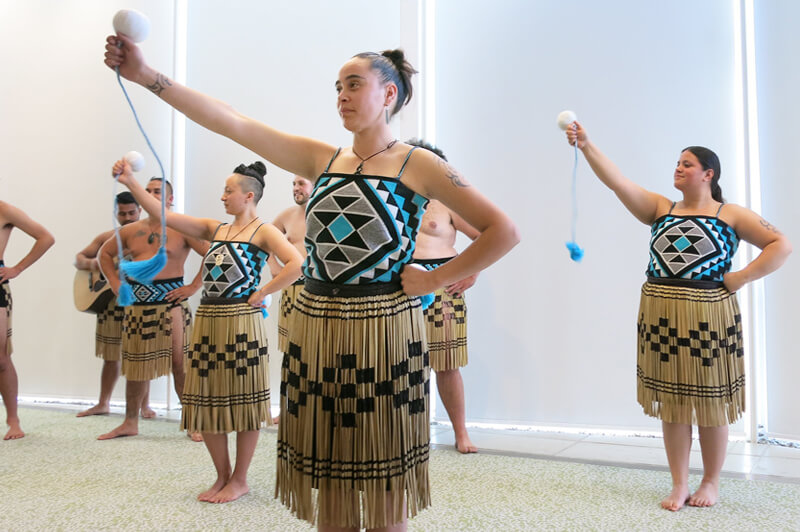
What’s The Difference Between SpinPoi And Māori Poi?
Māori Poi and SpinPoi are two distinct practices, and we are dedicated to ensuring that these distinctions are clear and respected. Check out our page on the difference between SpinPoi and Māori Poi for more information. You can also watch the video below, which explains the history of poi alongside the work SpinPoi is doing.
